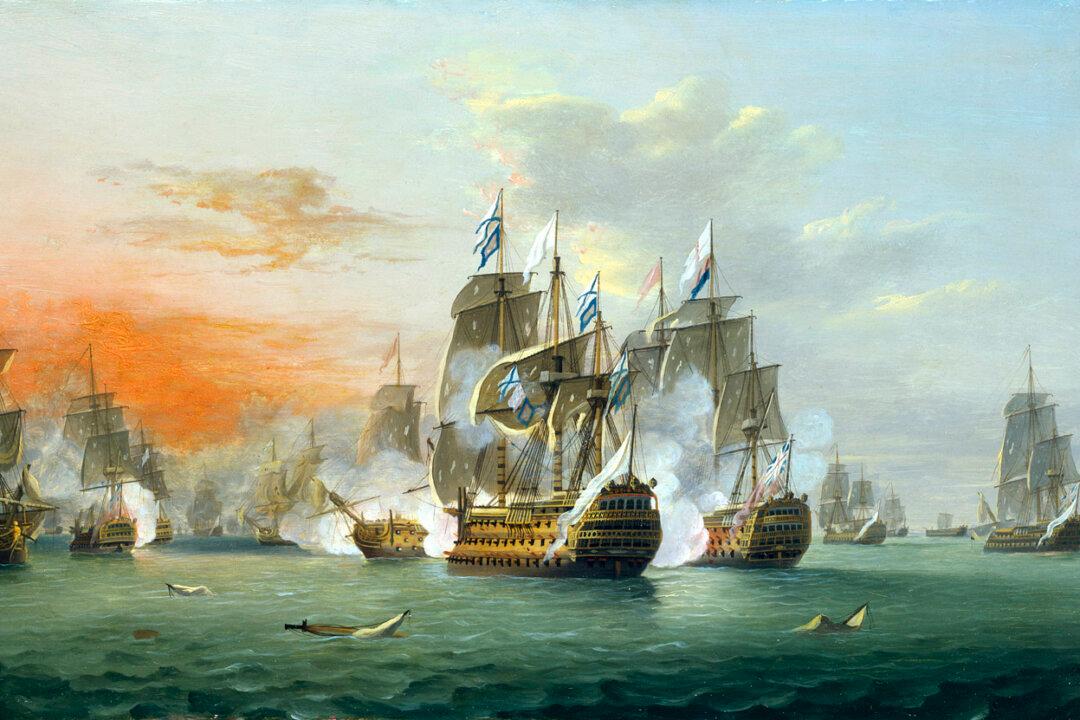From the terrace of his home on the crest of a hill, an old professor peers through a spyglass at the scene unfolding below on the sand and waters of the Riviera. Calgues is his name—his ancestors built this house 300 years earlier—and he is studying the beginning of an extraordinary invasion: 100 ships and hundreds of thousands, perhaps a million, refugees from Calcutta and other cities in India. Soldiers have lighted bonfires on the beaches to dispose of the dead cast overboard from the ships, but the French army stationed there to guard against the coming invasion is melting away.
Then a young French radical appears on the terrace—“Feet bare, hair long and dirty, flowered tunic, Hindu collar, Afghan vest.” In his ensuing conversation with the professor, he spews venom on Western civilization, France, the middle class, his family. The professor replies with a few counterarguments and questions, but his visitor remains undeterred in his bitter hatred of the culture that made him.






